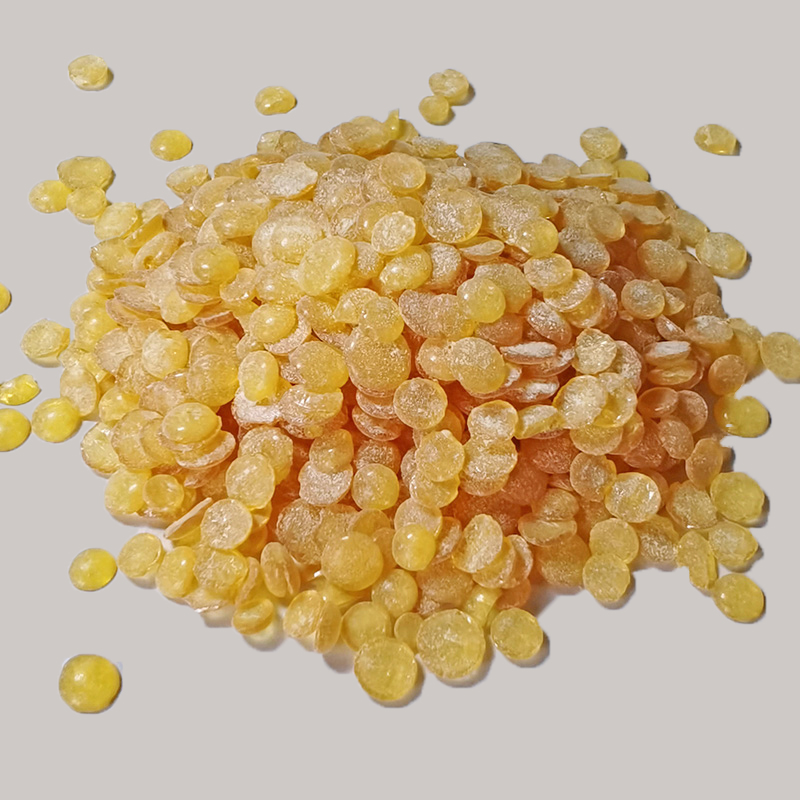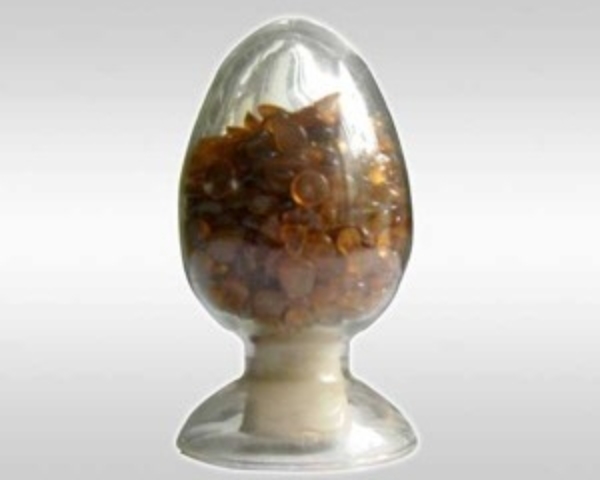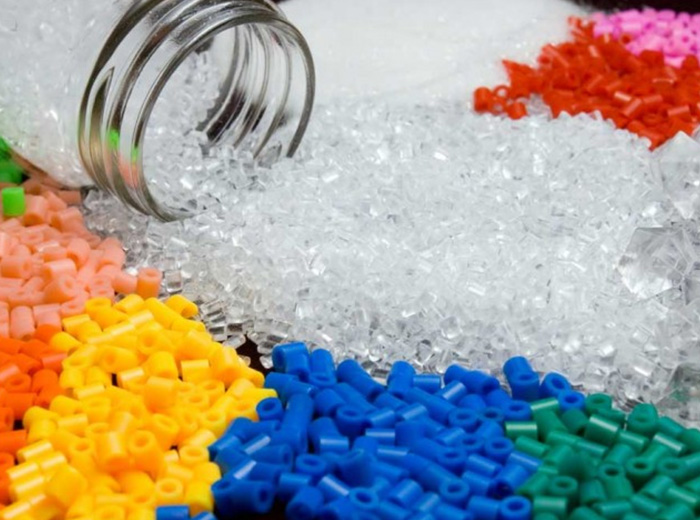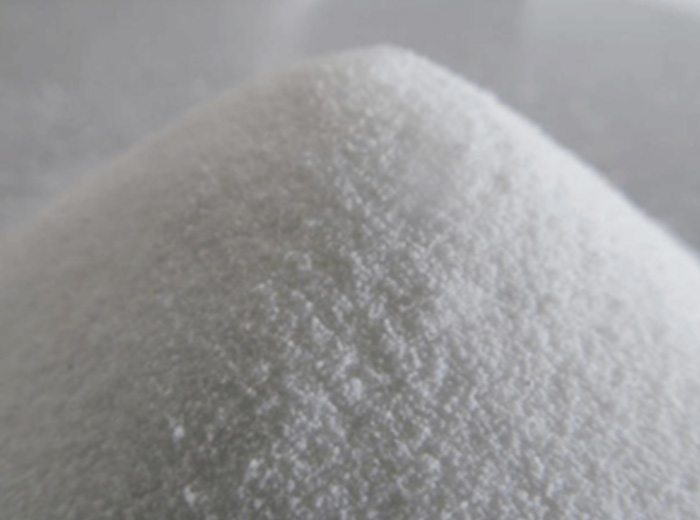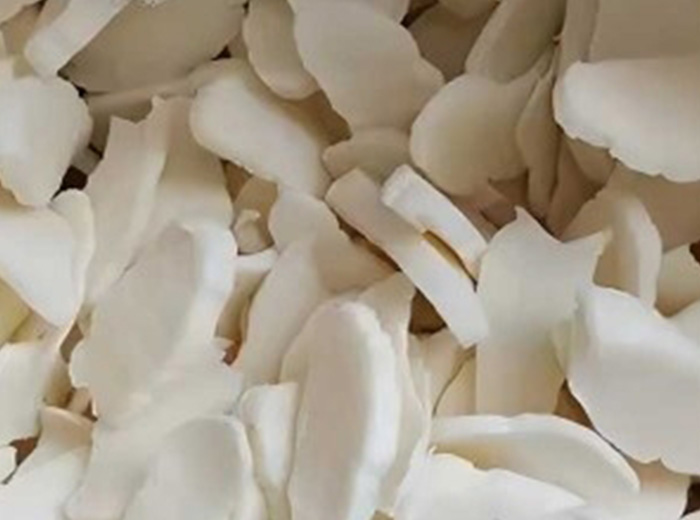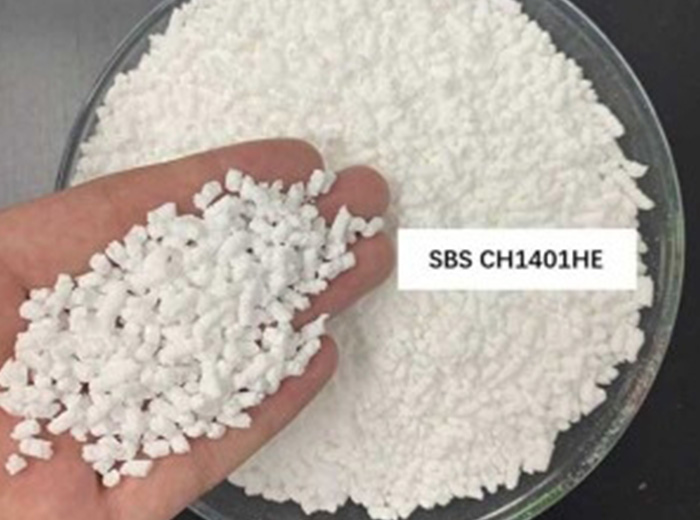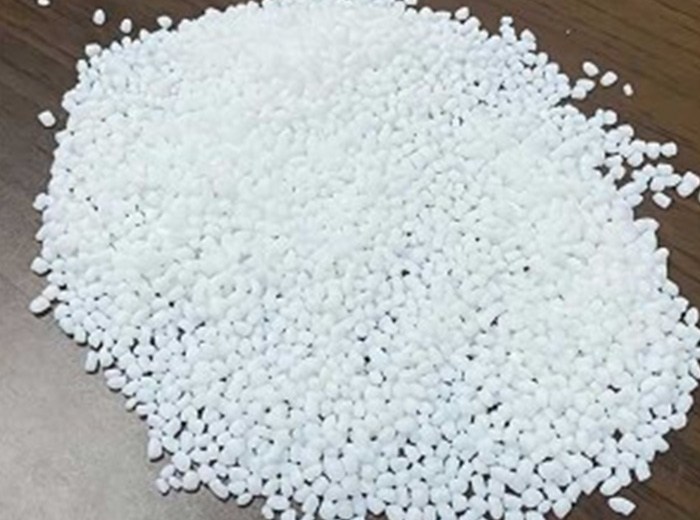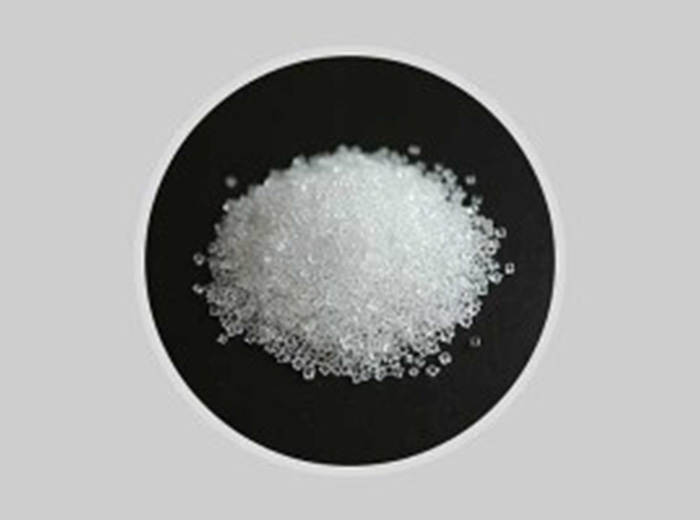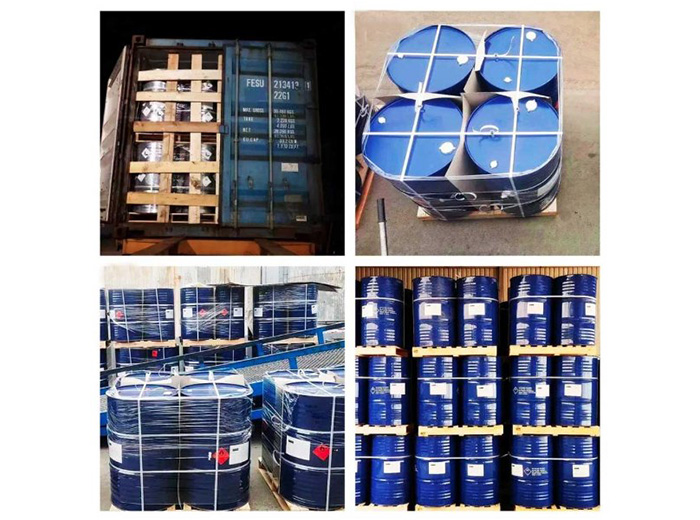Characteristics:
Thermal Stability: Phenolic resins exhibit excellent thermal stability, making them well-suited for applications where the rubber product needs to withstand high temperatures. This property is crucial in the manufacturing of heat-resistant rubber goods. Chemical Resistance: The chemical structure of phenolic resin imparts resistance to various chemicals, oils, and solvents. Rubber compounds with phenolic resins are employed in applications where exposure to these substances is common. Electrical Insulation: Phenolic rubber compounds exhibit good electrical insulation properties, making them suitable for applications where electrical conductivity is a concern. Dimensional Stability: The crosslinking nature of phenolic resins imparts dimensional stability to rubber products, preventing deformation or shrinkage over time. Hardness and Flexibility: Depending on the formulation, phenolic resin can provide a balance between hardness and flexibility in rubber, catering to specific application requirements. Customizable Formulations: Allows manufacturers to tailor rubber compounds to specific performance requirements, providing versatility in product design.What is Phenolic Resin
Phenolic resin, commonly known as phenol-formaldehyde resin, stands as a cornerstone in the realm of rubber chemistry. Derived from the chemical reaction between phenol, an aromatic hydrocarbon, and formaldehyde, this thermosetting polymer has earned its reputation for enhancing rubber properties and finding diverse applications in the production of industrial rubber goods.
In the context of rubber, phenolic resin serves a critical role as a reinforcing agent. Through its incorporation into rubber compounds, phenolic resin significantly improves the strength, durability, and resistance of rubber products to both heat and chemicals. This makes it particularly valuable in the manufacturing of tires, belts, and various industrial rubber goods where performance under demanding conditions is paramount.
Characteristics:
Thermal Stability: Phenolic resins exhibit excellent thermal stability, making them well-suited for applications where the rubber product needs to withstand high temperatures. This property is crucial in the manufacturing of heat-resistant rubber goods.
Chemical Resistance: The chemical structure of phenolic resin imparts resistance to various chemicals, oils, and solvents. Rubber compounds with phenolic resins are employed in applications where exposure to these substances is common.
Electrical Insulation: Phenolic resin rubber compounds exhibit good electrical insulation properties, making them suitable for applications where electrical conductivity is a concern.
Dimensional Stability: The crosslinking nature of phenolic resins imparts dimensional stability to rubber products, preventing deformation or shrinkage over time.
Hardness and Flexibility: Depending on the formulation, phenolic resin can provide a balance between hardness and flexibility in rubber, catering to specific application requirements.
Customizable Formulations: Allows manufacturers to tailor rubber compounds to specific performance requirements, providing versatility in product design.
The resin serves as a reinforcing agent for natural rubber and various synthetic rubbers, including butylbenzene, butyronitrile, chloroprene, butyl, and ethylene propylene diene. Notably, the resin exhibits favorable plasticity during processing, thereby providing an advantage in facilitating the dispersion of fillers.

